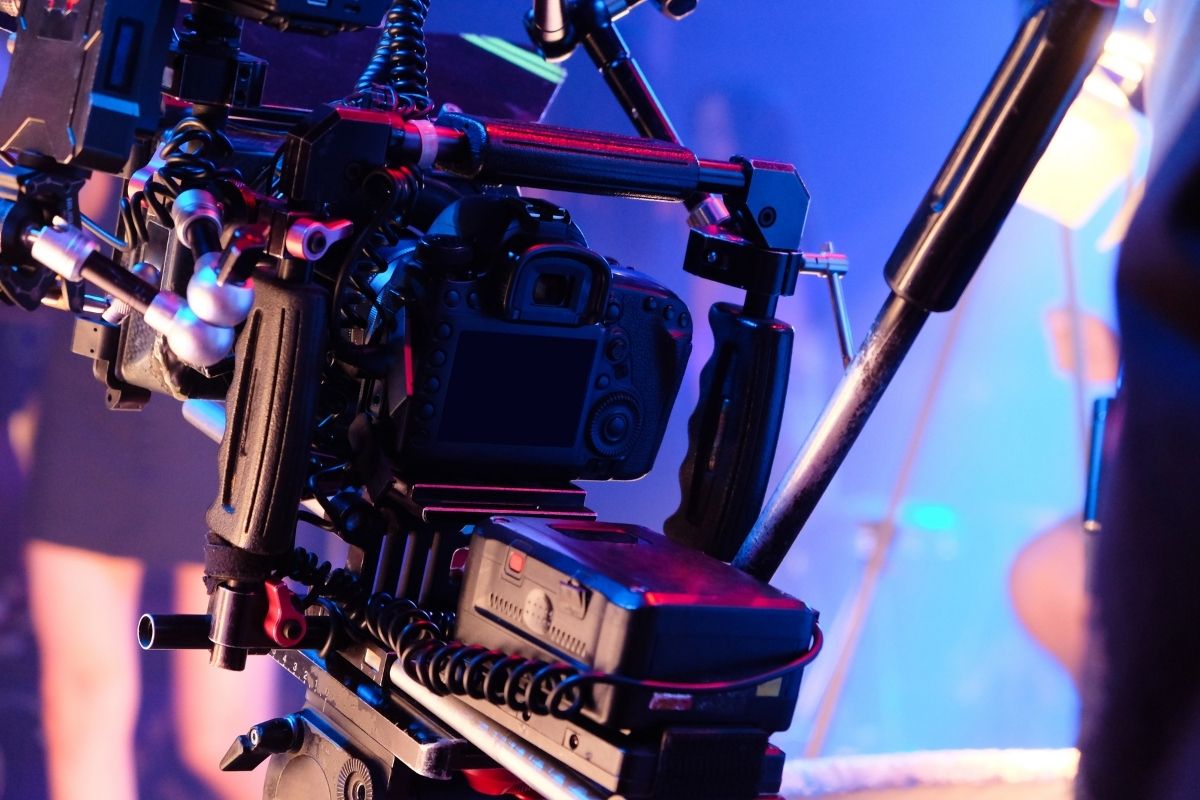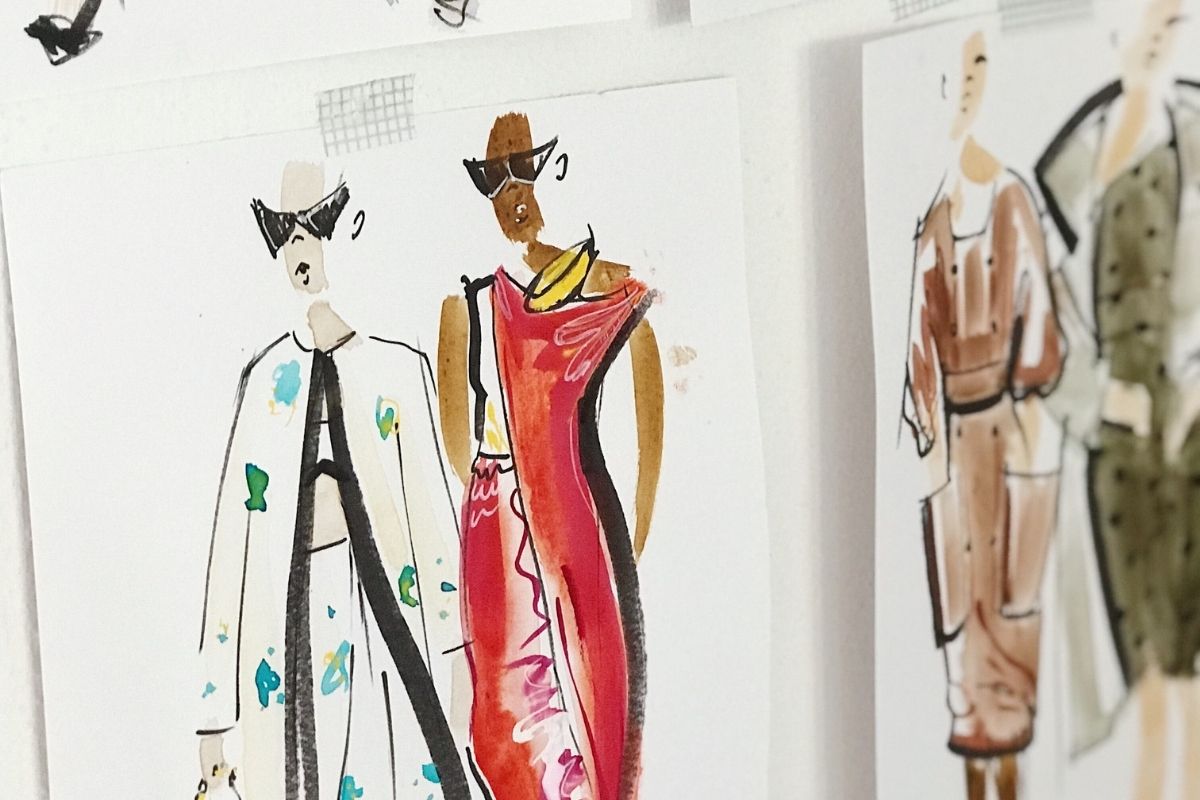Part of an editor’s responsibility is to take the material and understand what the editor’s vision is, but also, bring to the table their own particular perspective.
“A really good editor understands that, what he or she feels about the material, how they respond to the material, is just as important as trying to do what the director wants,” says Sam Pollard.
Sometimes, it’s about re-editing somebody’s interview or taking an actor’s line and finding a different note, a different word, or something that they might have said in a different way, in a different take, and using that instead.
“Some people call it sleight of hand. To me, it’s part of the practice, it’s a part of what I call the nuts and bolts of editing,” says Pollard.
“I see myself in a very funny way. I see myself as not so much as a magician, but as a professional craftsperson, like a master carpenter where my job is to take all these pieces of wood, or sculptors, they have all these pieces of clay, and give it shape and form and art.”
Sometimes, editors have to try something different: that tool or that piece of clay may not work.
“I see myself as a craftsperson. I always have. And to me, that craftsperson, if he or she does their job properly, they make it rise to the level of art,” adds Pollard.
One thing that everyone needs to understand about filmmaking and film editing is that so many components are necessary to make a good film.
It’s not just shaping performance in a fiction film. In a dcoumetnary, it’s also understanding how to figure out the best pieces of an interview and make different segments come together.
It’s also understanding how to create the soundscape of the film and how to create the titles.
What’s the opening Title Sequence and what should look like? Or should there be no titles at the beginning?
How should it unfold?
Should it be at the beginning?
Should it be at the end?
“There’s some films I’ve worked on, like the title sequence in Mo’ Better Blues, a wonderful company, Balsmeyer & Everett, they created this wonderful title sequence that they gave me all these beautiful elements of Denzel and Joie and Cynda Williams, that I was able to shape to make it
work.”
“They did, also, a wonderful sequence for Jungle Fever that’s really very nice, using the landscape of Brooklyn to create the titles,” notes Pollard.
Titling is a very important part of this shaping of the filmmaking process and telling the story.
Pollard mentions a film about Martin Luther King and the FBI that he recently finished. When working on it, a company in California created a raw-ish title sequence with Martin Luther King using both imagery that we shot on a soundstage, imagery of archival footage of Dr. King with stills and other elements to create a very textured opening.
If you’ve got the budget and the money, you can do extraordinary title sequences. Sometimes, if you don’t have the budget and money, you can still do extraordinary title sequences.
Everything about filmmaking is going the extra mile, using your imagination and your sense of technique, and finding good collaborators to make the story come alive.



